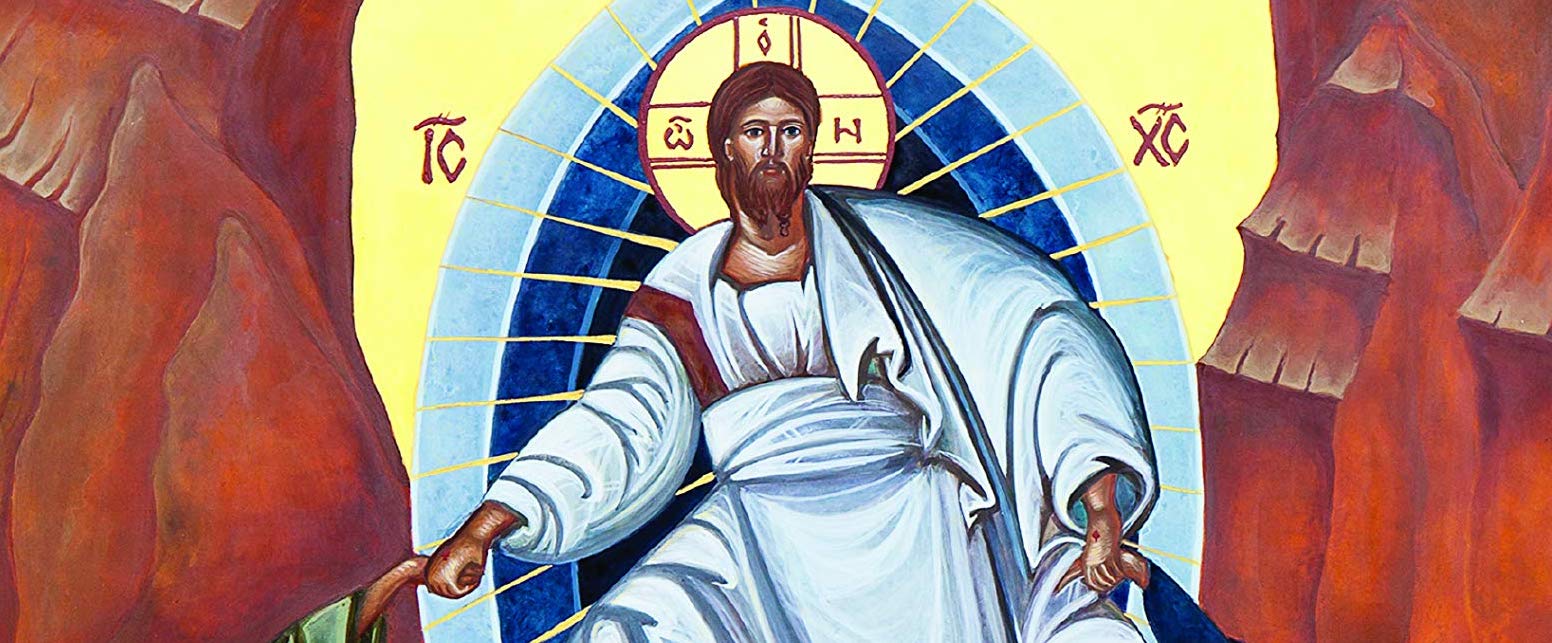“Blessed are the pure in heart, for they shall see God,” declared Jesus in his Sermon on the Mount (Matthew 5:8). It’s interesting that Christ directly associates purity with the ability to perceive God, and, as many interpreters argue, the Beatific Vision itself, foreshadowed in Christ’s transfiguration, His face shining “like the sun” (Matthew 17:2). This being true, so one assumes is the opposite: a lack of purity obscures the Christian’s ability to see God. Pornography, perhaps the most visceral, addictive attack on purity, then, represents a fundamental assault on the Christian faith, because it vitiates our ability to know Him as He is.
Login to read more
Sign in or create a free account to access Subscriber-only content.
Topics:
